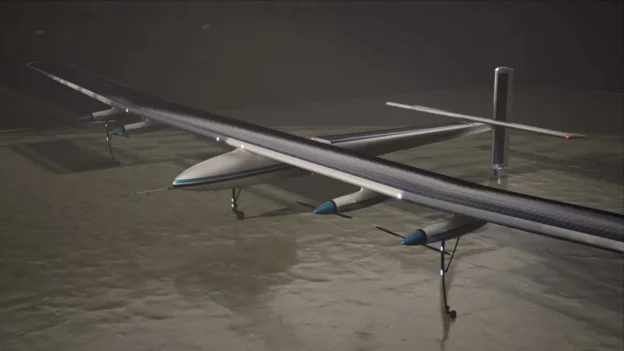In an unprecedented display of technological advancement, Skydweller Aero and the U.S. Navy managed to complete a 73-hour continuous flight powered exclusively by solar energy. The drone took off from Stennis International Airport in Mississippi and remained airborne for three days without refueling.
With a wingspan of 72 meters and 17,000 solar cells, the aircraft proved capable of maintaining a positive energy balance, operating autonomously in real-world atmospheric conditions and transmitting critical data continuously. This combination makes the Skydweller a highly viable platform for intelligence, surveillance and reconnaissance (ISR)surveillance and reconnaissance (ISR) tasks.
Solar flight for persistent surveillance in maritime environments
The Naval Air Warfare Center (NAWCAD), in charge of leading the collaboration, highlighted the operational value of this type of solution to strengthen the Navy’s ISR architecture. Thanks to its autonomy, the UAS allows it to cover large ocean areas for long periods, freeing other platforms for specialized tasks.
Bill Macchione, UAS program leader at NAWCAD, highlighted that the integration of Skydweller into the naval surveillance system creates a more robust and resilient network, with less reliance on refueling and logistics.
Future missions and strategic applications
The Navy began testing the system in 2020 as part of its operations in the Southern Command’s area of responsibility, with a focus on maritime maritime securityborder control and counter-narcotics. Further testing is expected by the end of the summer.
Skydweller Aero, headquartered in Oklahoma with R&D centers in Spain and Mississippi, is consolidating its position as a leader in electric aviation. electric aviation aviation. Its aircraft are designed to stay in flight for weeks or even months, with zero emissions and reduced operating costs.
The success of this flight reinforces the potential of solar-powered solar-powered aircraft as strategic surveillance and response elements in increasingly complex scenarios.
Source and photo: Skydweller


